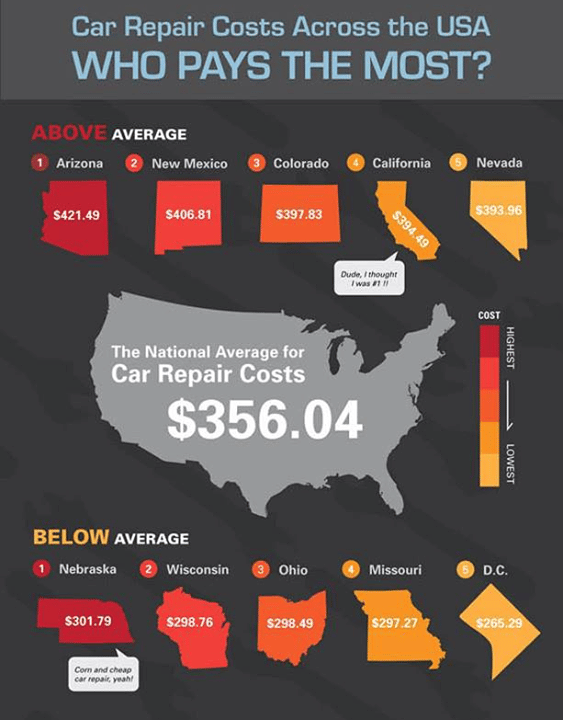Analyzing Your Auto'S Alert Lights: Their True Ramifications
Analyzing Your Auto'S Alert Lights: Their True Ramifications
Blog Article
Content Writer-Sykes Kejser
When you lag the wheel, those beautiful caution lights on your control panel can be a little bit puzzling. Do best detail know what they're trying to inform you about your car's health and wellness? Recognizing Read Home of these lights is crucial for your security and the long life of your car. So, the following time one of those lights turns up, would not you intend to decode its message properly and take the necessary steps to address it?
Common Warning Lighting and Interpretations
Identify usual caution lights in your auto and understand their definitions to guarantee risk-free driving.
The most typical warning lights include the check engine light, which indicates problems with the engine or discharges system. If this light comes on, it's critical to have your automobile checked immediately.
The oil pressure alerting light shows reduced oil pressure, requiring immediate attention to avoid engine damage.
A blinking battery light may suggest a damaged billing system, potentially leaving you stranded if not resolved.
The tire stress monitoring system (TPMS) light alerts you to low tire stress, affecting vehicle security and fuel efficiency. Ignoring this could result in hazardous driving problems.
The abdominal muscle light shows a trouble with the anti-lock stopping system, endangering your ability to stop rapidly in emergency situations.
Last but not least, the coolant temperature level warning light warns of engine getting too hot, which can result in severe damages otherwise settled swiftly.
Understanding these typical caution lights will assist you resolve issues promptly and preserve risk-free driving conditions.
Importance of Prompt Interest
Recognizing the usual caution lights in your car is just the very first step; the value of without delay addressing these warnings can't be stressed sufficient to guarantee your security when traveling.
When a caution light illuminates on your dashboard, it's your car's method of connecting a potential concern that needs focus. Overlooking these cautions can bring about much more serious problems later on, compromising your security and possibly costing you a lot more out of commission.
Prompt interest to warning lights can stop failures and mishaps. For instance, a flashing check engine light might suggest a misfire that, if left neglected, can cause damages to the catalytic converter. Resolving this immediately can save you from a costly repair service.
Similarly, a brake system advising light might signify reduced brake liquid or worn brake pads, vital parts for your safety when driving.
DIY Troubleshooting Tips
If you observe a caution light on your control panel, there are a couple of do it yourself repairing tips you can attempt prior to looking for specialist help.
The very first step is to consult your vehicle's guidebook to understand what the certain caution light shows. In some cases the problem can be as simple as a loose gas cap triggering the check engine light. Tightening the gas cap might solve the problem.
One more typical concern is a low battery, which can trigger different warning lights. Checking the battery links for deterioration and ensuring they're safe might take care of the problem.
If a warning light continues, you can attempt resetting it by disconnecting the vehicle's battery for a few minutes and after that reconnecting it. Additionally, checking your vehicle's liquid degrees, such as oil, coolant, and brake liquid, can aid repair advising lights connected to these systems.
https://airliftperformancekits51628.bloggosite.com/38852847/mobile-cars-and-truck-detailing-comfort-meets-top-quality-for-your-car , understanding your cars and truck's caution lights is crucial for maintaining your vehicle running smoothly and securely. By promptly addressing these notifies and recognizing what they suggest, you can prevent costly repairs and possible breakdowns.
Keep in mind to consult your auto's handbook for certain details on each warning light and do something about it accordingly to make certain a trouble-free driving experience.
Keep notified, remain secure on the road!
